The Fossil Passage inside Son Doong Cave
The is a cave passage in Son Doong whose walls are filled with fossils of coral that are more than 300 million years old. It is located close to the underground river at a depth of 40 meters below the first campsite in Son Doong - Doline 1. There is an underground pool here with a temperature of about 16 to 17 degrees Celsius, where visitors must wear life jackets and use headlights to swim and relax after a long day of trekking from Hang En. Most visitors think that swimming in the cold underground pool is one of the experiences not to be missed when exploring Son Doong.
Why is it called the Fossil Passage?
Many people wonder about the name and are curious to know what is inside the fossil passage in Son Doong Cave. As you may already know, the limestone in the Quang Binh area is a sedimentary rock formed by billions of dead sea animals like fish, corals, snails, etc. More than 400 million years ago this area was a shallow ocean where the oceanic animals could thrive. After millions of years, many of these animals had died and their bones and shells turned into the sedimentary rock that you can see today. In some cases the shells or bones were not compressed into rock, but by mineralization were preserved as fossils. The underground river which has carved out the passages of Son Doong Cave has revealed these fossils in the passage walls and ceilings.
This special passage in Son Doong Cave shows the hidden history of the limestone mountains and caves here. The passage is like a fossil gallery. The cave walls are filled with coral fossils which are more than 300 million years old. Fossils here are typically the fossil of four-branched coral (Tetra Coral fossil). Today this coral species is completely extinct. The largest fossil size of this coral found here is 10 cm long. Fossils of sea lilies (Crinoids) are also found on the walls of the underground pool.The lily-shaped animals that lived in the sea about 300 million years ago have left fossils in the form of body segments. The nodes are circular, with a central perforation of different shapes. The white remains are clearly seen against the black limestone. Fossil remains are often used to determine the age of the limestone.
Natural "air-conditioned" swimming pool: A must try activity for all visitors
Nestled at the end of the fossil passageway is an underground pool in a narrow rock crevice, forming an impressive natural swimming pool. The water in this pool is trapped deep in the limestone far from sunlight and so is naturally cooler than the underground river, typically around 18C. An excellent place to relax your muscles after a long day of trekking and exploring caves. Please note this is a swimming pool only, and no washing or bathing is permitted.
The Oxalis Experience.
Whether you prefer long treks, camping in a cave, sleeping under the stars in the jungle, swimming underground in river caves, explore the huge dry caves or just taking an exploratory day trip, Oxalis Adventure Tours can provide the right amount of adventure just for you.



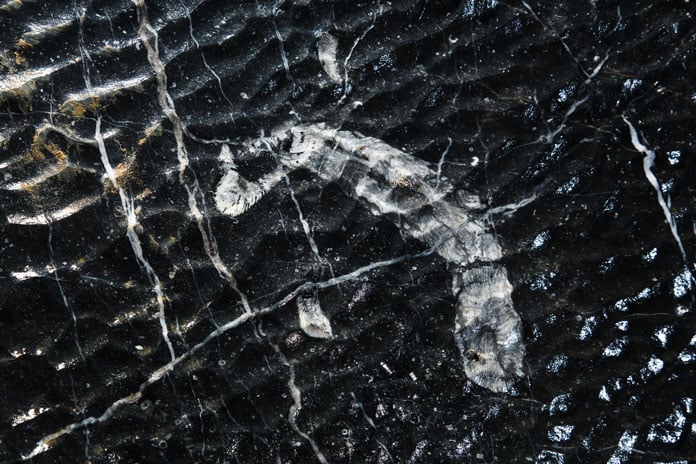
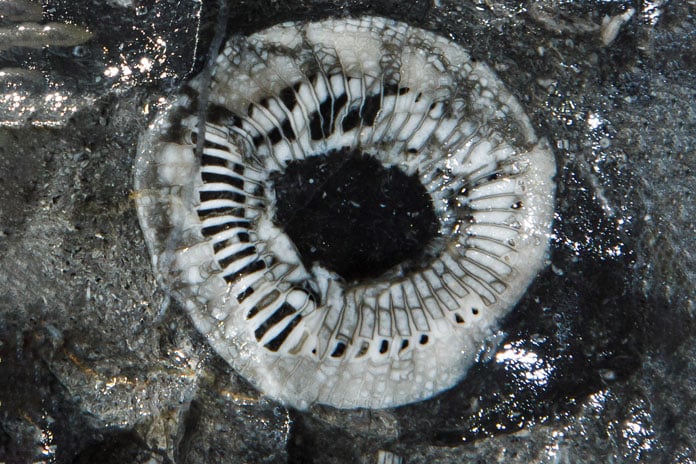
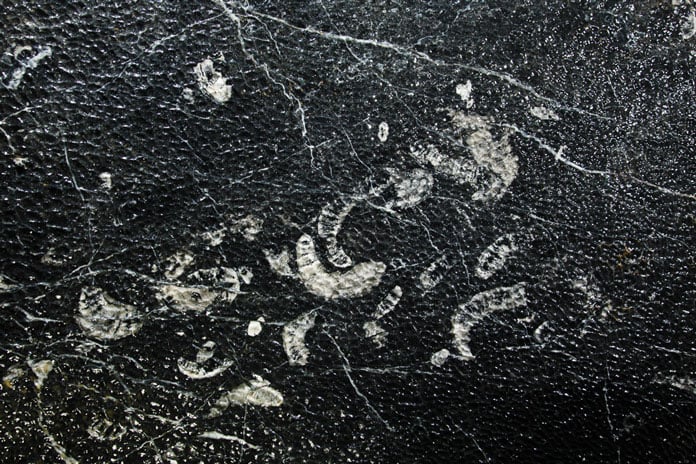
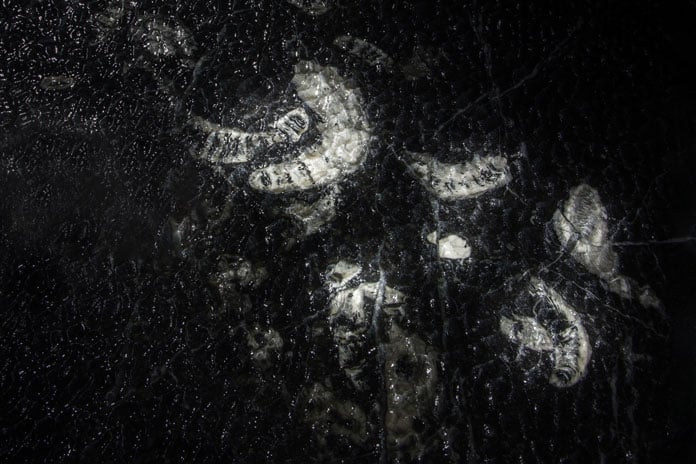
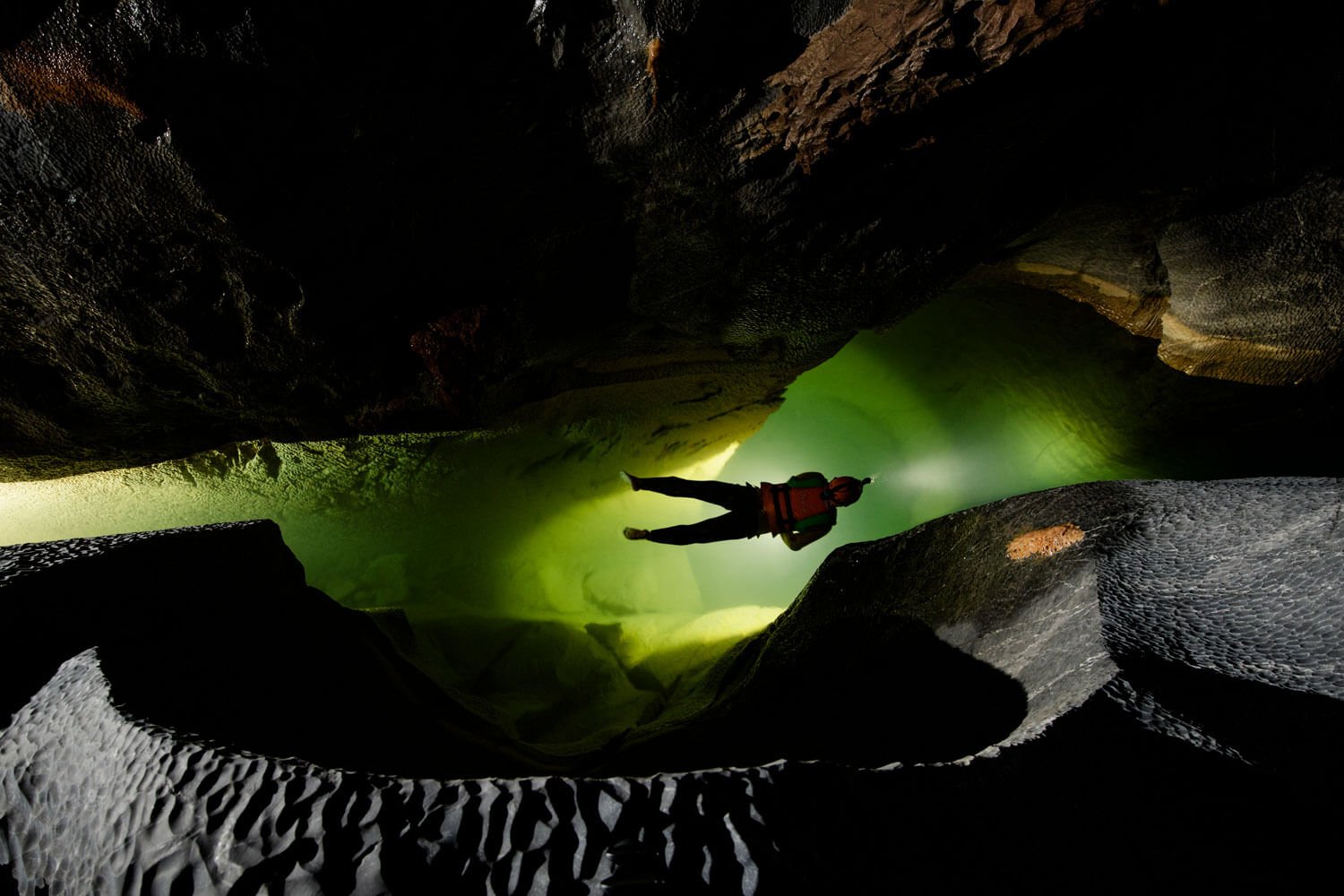
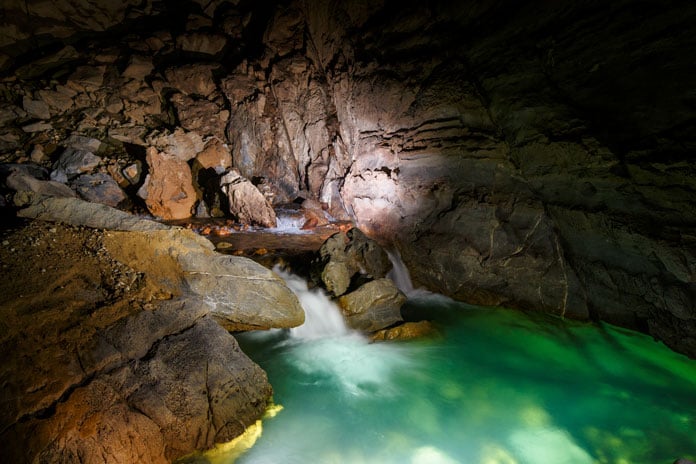
__637740499994967442.jpg)
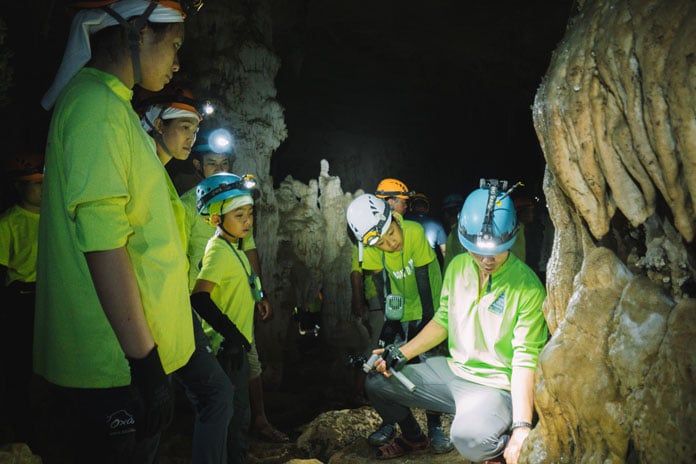
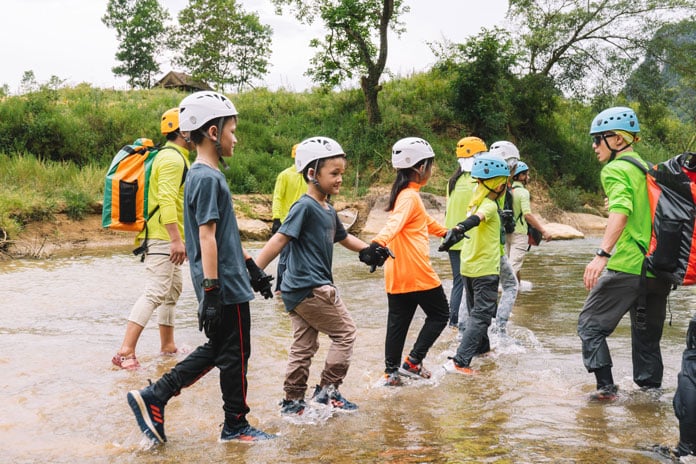
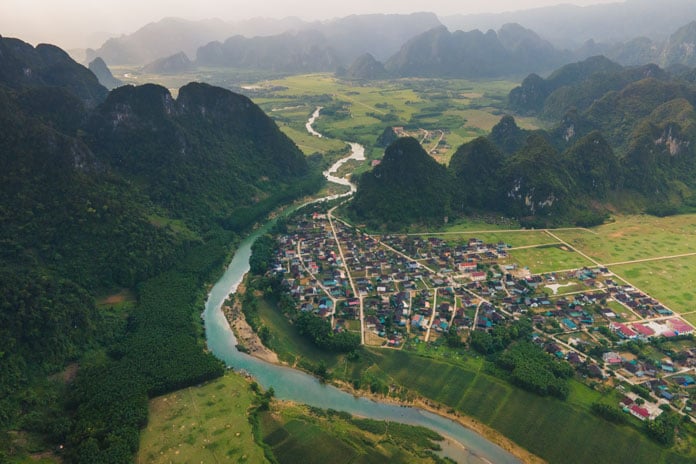
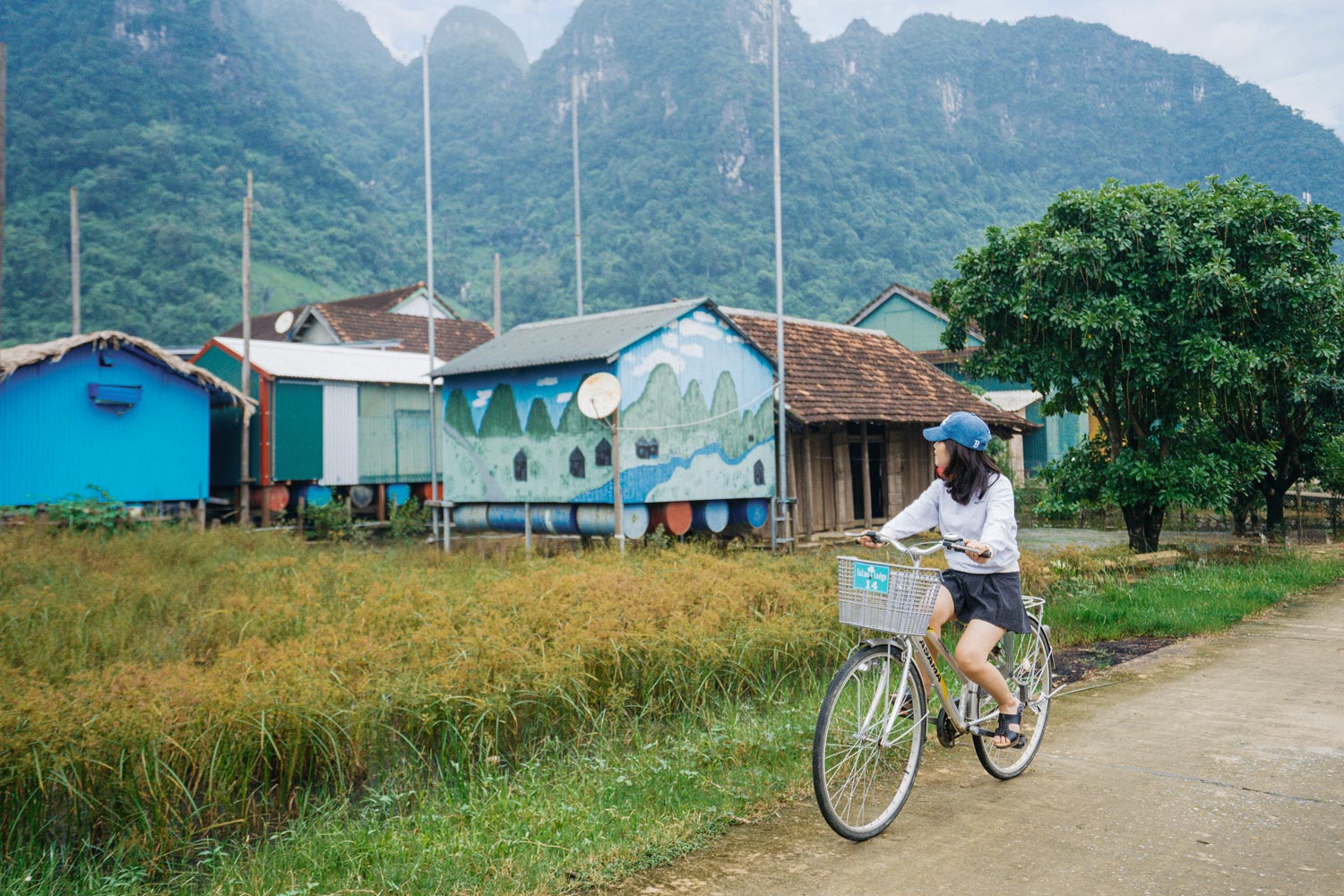
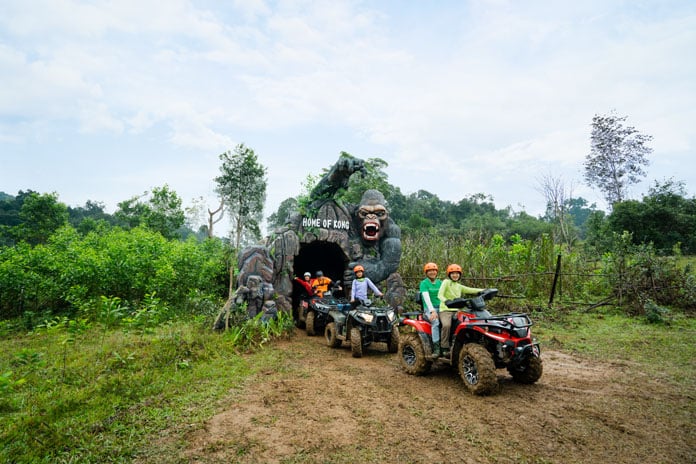
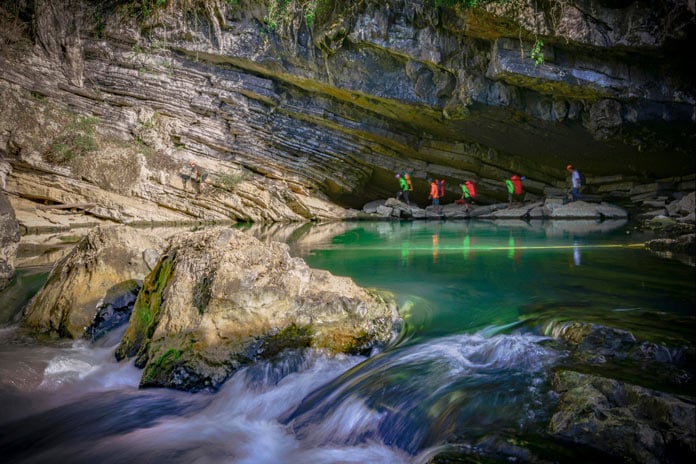
__637051767008903435.jpg)
__637051765075307793.jpg)
__637051774329206026.jpg)
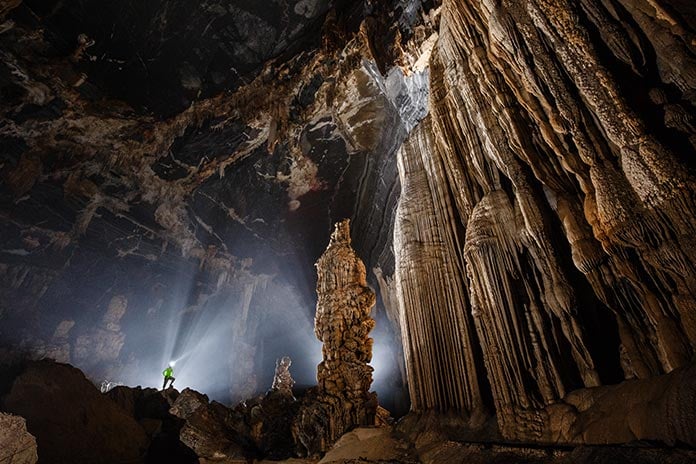
__637051782550081035.jpg)
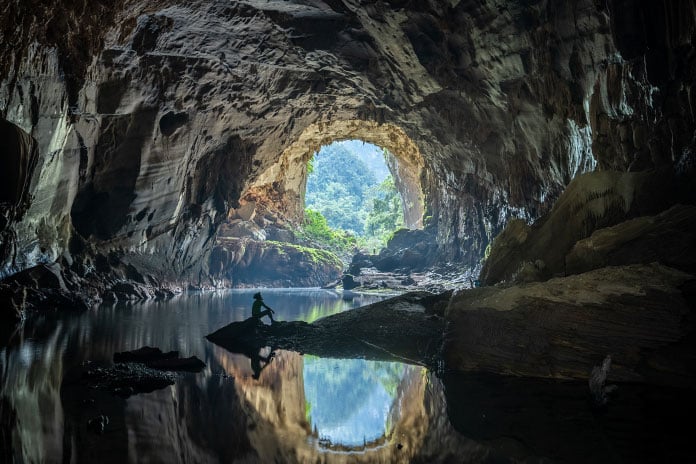
__637051777074859032.jpg)
__637051780703588520.jpg)
__637051781488596056.jpg)